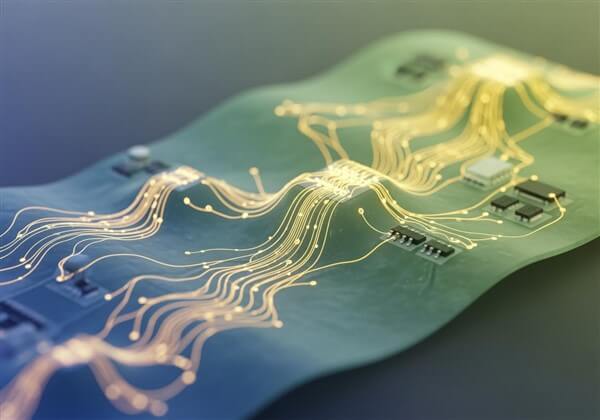A Shocking Discovery: Researchers Find Novel Electricity-Conducting Bacteria in Oregon
Corvallis, Oregon – In a significant breakthrough for microbiology and biotechnology, researchers at Oregon State University have discovered a new species of electricity-conducting bacteria. Found in the sediments of Yaquina Bay, this remarkable microorganism, a type of “cable bacteria,” possesses unique characteristics that set it apart from its known relatives and holds immense potential for future technological applications.
An Evolutionary Bridge
The newly identified species has been named Candidatus Electrothrix yaquinensis, honoring the local Yaquina Tribe of the region where it was found. These bacteria are long, filamentous organisms that can transfer electrons between cells, effectively acting like living electrical wires. What makes C. yaquinensis particularly special is that its genetic makeup contains features of both saltwater (Candidatus Electrothrix) and freshwater (Candidatus Electronema) cable bacteria, positioning it as a potential evolutionary bridge between the two groups.

Morphologically, the new species is distinct. It features thick, spiral-patterned ridges on its surface. More surprisingly, it is encased in a transparent, non-conductive sheath, a feature not seen in other cable bacteria. Scientists believe this sheath may offer protection from environmental factors, adding to its unique survival toolkit. This discovery expands our understanding of the diversity of electricity-conducting bacteria.
High Conductivity and Future Potential
Researchers tested the bacteria’s primary claim to fame: their conductivity. By placing the bacterial filaments on gold electrodes, they measured a resistance of approximately 370 kilo-ohms, a value indicating that its electrical conductivity is comparable to, or even better than, other known cable bacteria. This high efficiency in electron transfer makes it a very exciting subject for further study.
The potential applications for these electricity-conducting bacteria are vast and could revolutionize several fields. Its unique properties make it a prime candidate for developing biodegradable electronics, advanced biosensors for monitoring environmental conditions, and innovative bioremediation techniques.
For instance, these microbes could be harnessed to clean up pollutants. Their ability to transfer electrons could be used to break down heavy metals and organic contaminants in soil and water. The discovery of C. yaquinensis not only highlights the incredible, unseen world of microbes but also opens new doors for creating sustainable technologies powered by nature itself. These electricity-conducting bacteria is a testament to the untapped potential lying in natural ecosystems. The future of this electricity-conducting bacteria in biotechnology looks bright.


 ByKus
ByKus Historia
Historia Logos
Logos Humanitas
Humanitas Aesthetica
Aesthetica Cinemania
Cinemania Lingua
Lingua Mythos
Mythos Theologia
Theologia Bibliotecha
Bibliotecha Persona
Persona Quid
Quid News
News Politico
Politico Mundialis
Mundialis Oeconomia
Oeconomia Athletica
Athletica Technologia
Technologia Medicina
Medicina Scientia
Scientia Astronomia
Astronomia













